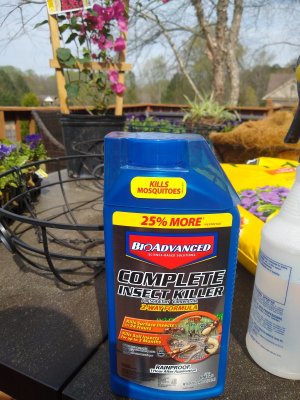Same here. The big thing with LPS and Sofites is to make sure and let them site in fresh tank water for 15 minutes or so after the dip and then I do that again with more tank water for them. Makes sure they did not "Drink" any and if they did, they have time to expel it. Final step is to rinse them in a fresh tub of tank water.
For acros, I soak, then clean soak, then rinse.
Oh yeah, make sure they are well "rinsed" in tank water before putting them back in the tanks. Also, I have seen pests drop off in the rinse water that didn't come off in the dip water.
To tell the truth, I don't think many of the pests are so much killed by any of the dip products as they are stunned; making them let go or easily blown off by a turkey baster. Also, after dipping acros I inspect the bases with a magnifier looking for eggs.
I got AEFWs years ago because I just didn't believe it was all that important to prevent pests if I trusted the source. I fought those ******** for two years before I finally eradicated them. If I ever get them again I think that will mark my departure from the hobby. Always dip no matter who you got them from, even from your Mama!
Last edited:
















